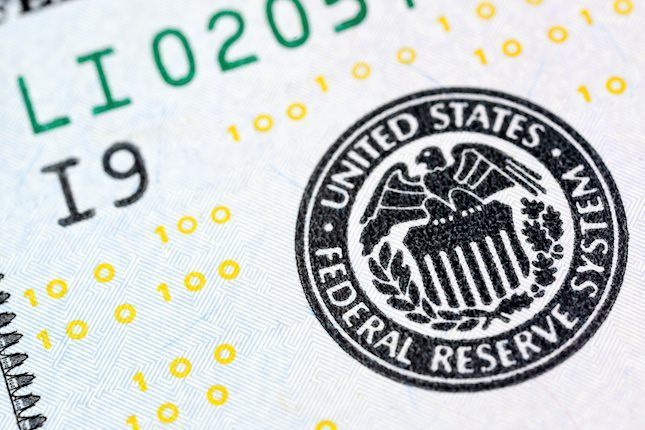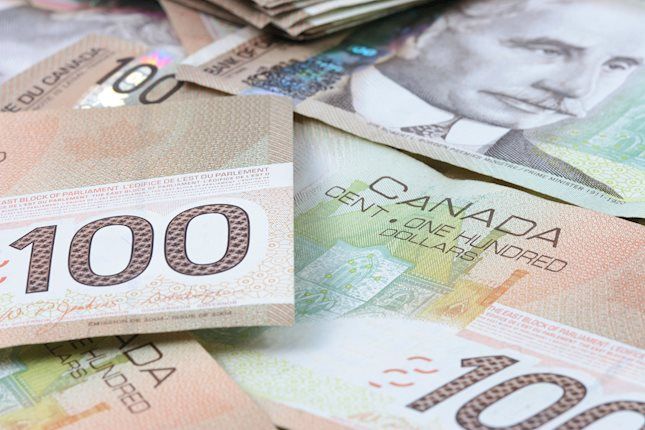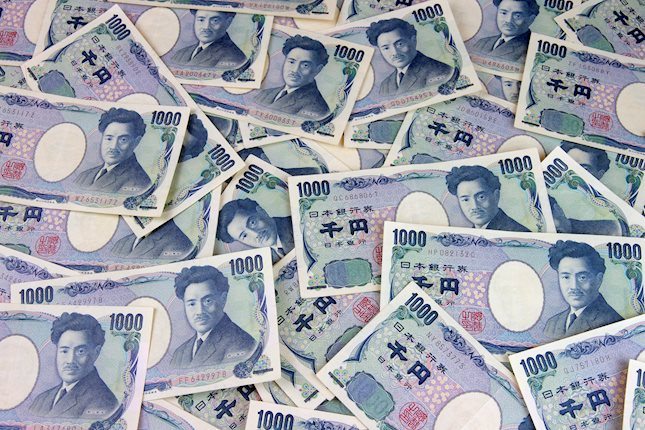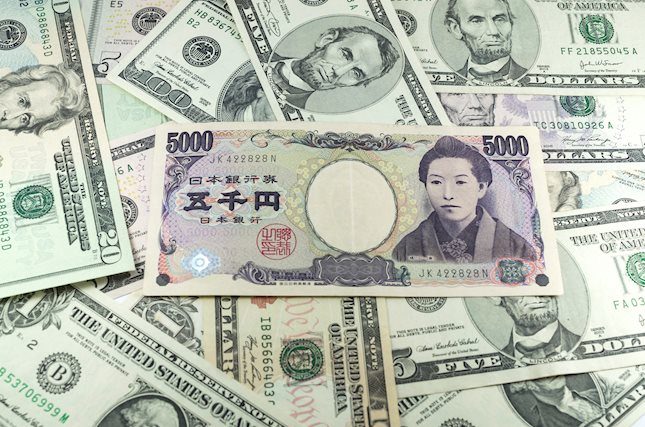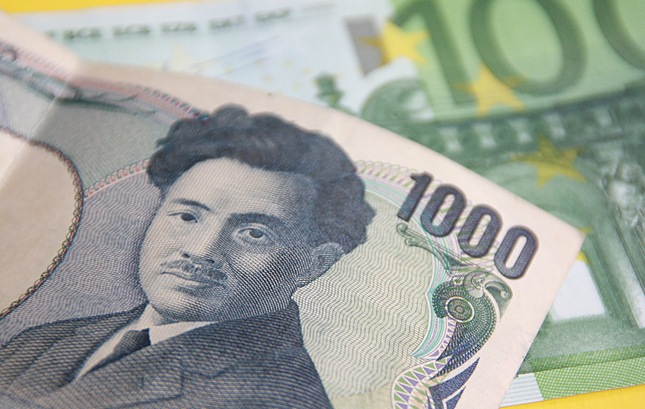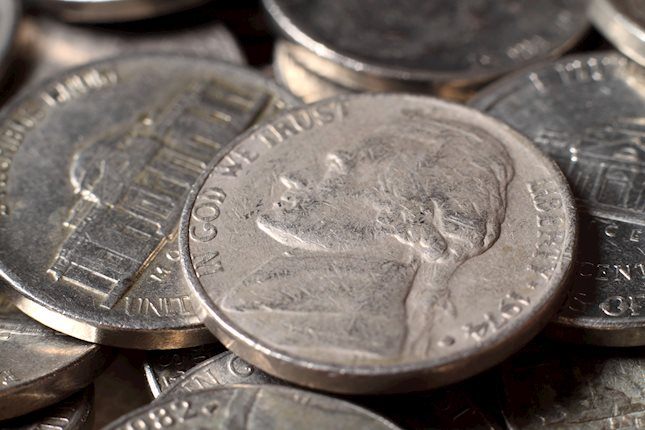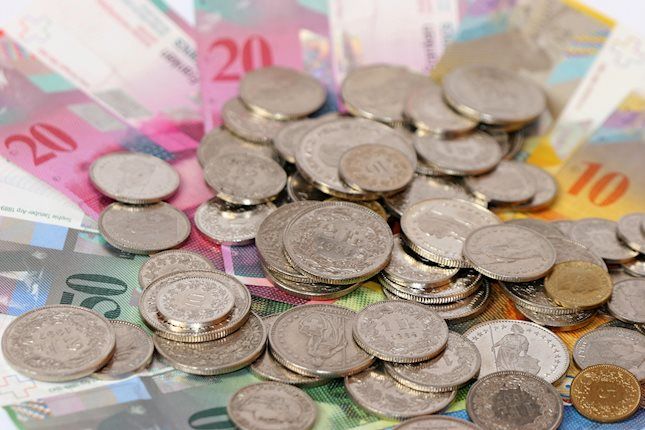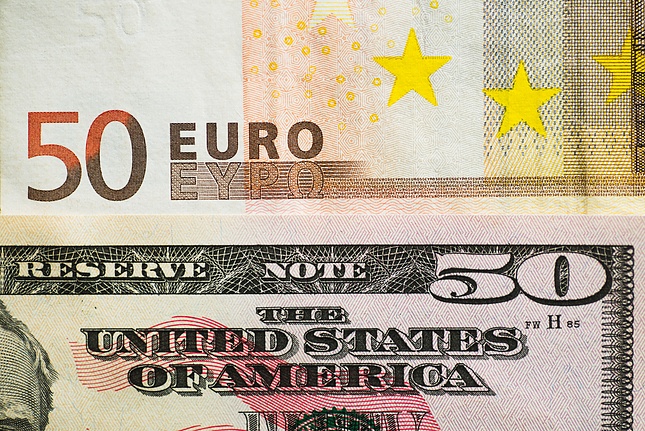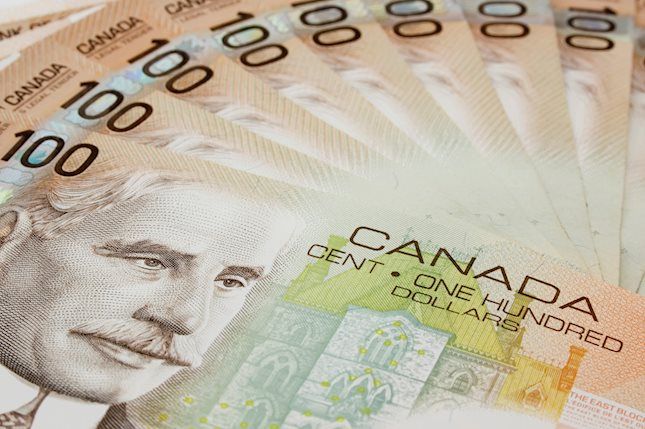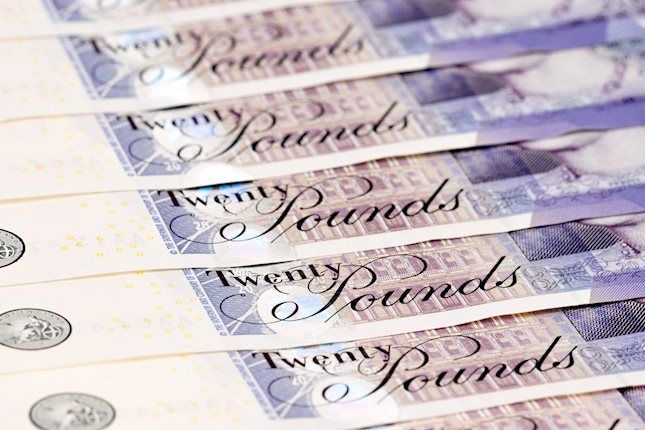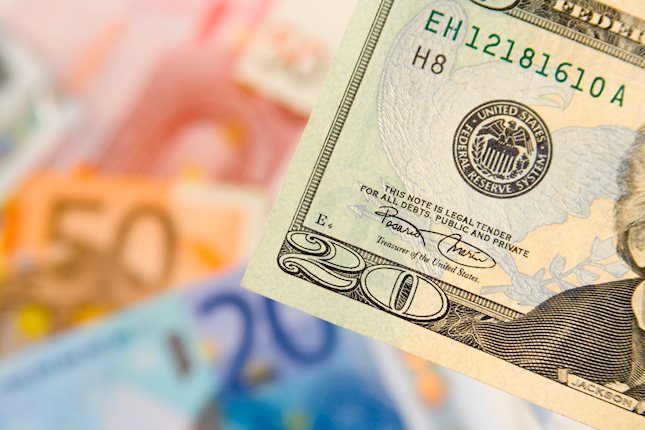US Dollar rally paused, cuts a five-day winning streak
- Buyers are retreating after a five-day winning streak.
- US Treasury yields are declining but remain at multi-month highs.
- Investors are focusing on Fed Chair Powell's hawkish stance.
The US Dollar Index (DXY) declined below 106.00 during the American session. However, the outlook for the Greenback is positive, as hawkish bets on the Federal Reserve (Fed) might act as a cushion. In addition, Wednesday's downward movements may be seen as a slight correction.
The US economy is seeing sticky inflation and robust growth. Fed Chair Powell's hawkish stance shows that instead of another rate hike, the Fed favors market tightening through higher yields and wider spreads, which strengthens the USD. However, with financial conditions still loose, further tightening is required and Powell commented on Tuesday that the monetary policy may need additional time to work.
Daily digest market movers: DXY corrects lower, Fed's Beige Book show positive results and US yields decline
- The Fed's Beige Book showed that economic activity expanded slightly, on balance, since late February.
- Federal Reserve Chair Powell was seen hawkish on Tuesday and warned that there is little progress on inflation. He also stated that the bank remains data-dependent.
- The possibility of a rate cut in the next meeting in June stands at around 15%, a huge drop compared to the previous week's 60%. Also, the chances for a July rate cut have fallen below 50%.
- The first-rate cut is expected to take place in September with a 95% probability, followed by another in December at a 70% probability.
- The US Treasury yields for the 2-year, 5-year, and 10-year Treasury bonds are currently standing at 4.93%, 4.63%, and 4.61%, respectively, down on the day. Despite the recent decrease, the 2-year and 10-year yields are at their highest since November.
DXY technical analysis: DXY displays bulls' stronghold despite overbought conditions.
On the daily chart, the Relative Strength Index (RSI) continues exhibiting overbought conditions, hinting at an upcoming correction or consolidation phase. The Moving Average Convergence Divergence (MACD) shows decreasing green bars, implying that the buying momentum is losing steam and that the bears may soon take charge.
However, the pair is comfortably positioned above its 20, 100,and 200-day Simple Moving Averages (SMAs), indicating the bulls' dominance in the current scenario. This suggests a positive medium to long-term outlook, with the bulls defending their ground despite the technical indicators pointing toward a short-term bearish influence.
Inflation FAQs
Inflation measures the rise in the price of a representative basket of goods and services. Headline inflation is usually expressed as a percentage change on a month-on-month (MoM) and year-on-year (YoY) basis. Core inflation excludes more volatile elements such as food and fuel which can fluctuate because of geopolitical and seasonal factors. Core inflation is the figure economists focus on and is the level targeted by central banks, which are mandated to keep inflation at a manageable level, usually around 2%.
The Consumer Price Index (CPI) measures the change in prices of a basket of goods and services over a period of time. It is usually expressed as a percentage change on a month-on-month (MoM) and year-on-year (YoY) basis. Core CPI is the figure targeted by central banks as it excludes volatile food and fuel inputs. When Core CPI rises above 2% it usually results in higher interest rates and vice versa when it falls below 2%. Since higher interest rates are positive for a currency, higher inflation usually results in a stronger currency. The opposite is true when inflation falls.
Although it may seem counter-intuitive, high inflation in a country pushes up the value of its currency and vice versa for lower inflation. This is because the central bank will normally raise interest rates to combat the higher inflation, which attract more global capital inflows from investors looking for a lucrative place to park their money.
Formerly, Gold was the asset investors turned to in times of high inflation because it preserved its value, and whilst investors will often still buy Gold for its safe-haven properties in times of extreme market turmoil, this is not the case most of the time. This is because when inflation is high, central banks will put up interest rates to combat it. Higher interest rates are negative for Gold because they increase the opportunity-cost of holding Gold vis-a-vis an interest-bearing asset or placing the money in a cash deposit account. On the flipside, lower inflation tends to be positive for Gold as it brings interest rates down, making the bright metal a more viable investment alternative.
Forex News
Keep up with the financial markets, know what's happening and what is affecting the markets with our latest market updates. Analyze market movers, trends and build your trading strategies accordingly.



